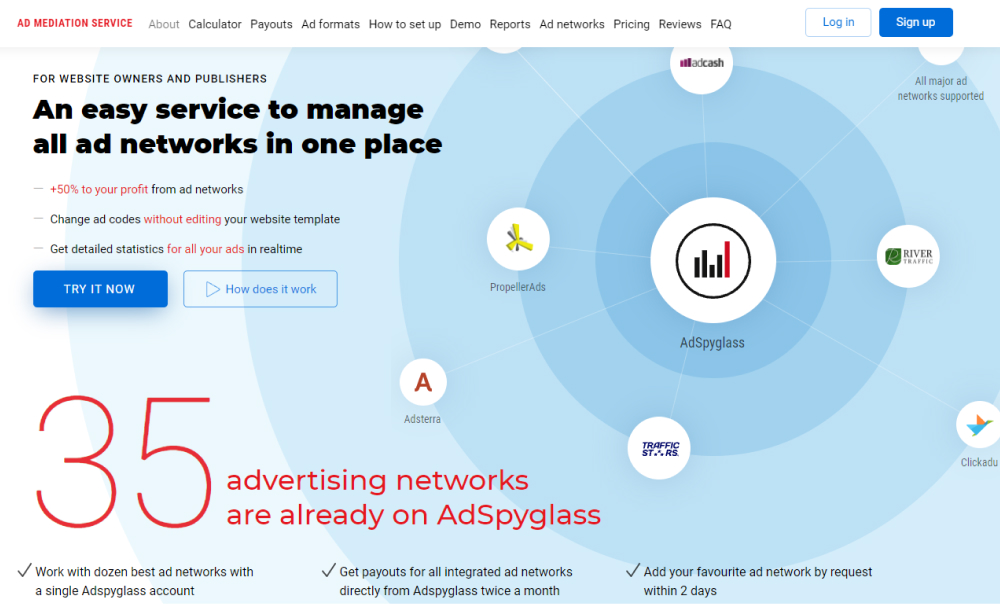Basically, a second-price auction means that the highest bidder in an auction pays one cent higher than the second-highest bidder. For example, suppose two advertisers bid for a slot on Google AdSense, the highest bidder wins the auction but will pay a lower amount than his bid price. If bidder A bids $100 and B bids $150, bidder B will win the auction. However, with the second-price auction, Bidder B will pay $100.01, which is a cent higher than bidder A’s bid price.
By the following, the price bidder B pays for an advertiser-cost-per-click is lower than the cost-per-click (CPC) they bid in the auction.
For several years, the second-price auction has been the industry standard. However, the advent of real-time bidding (RTB) publishers could allow multiple ad exchanges to bid on their inventory all at once. This led to complexities and operational inefficiencies within second-party auctions. Another drawback for this auction type is that it usually involves hidden fees taken by ad exchanges.
